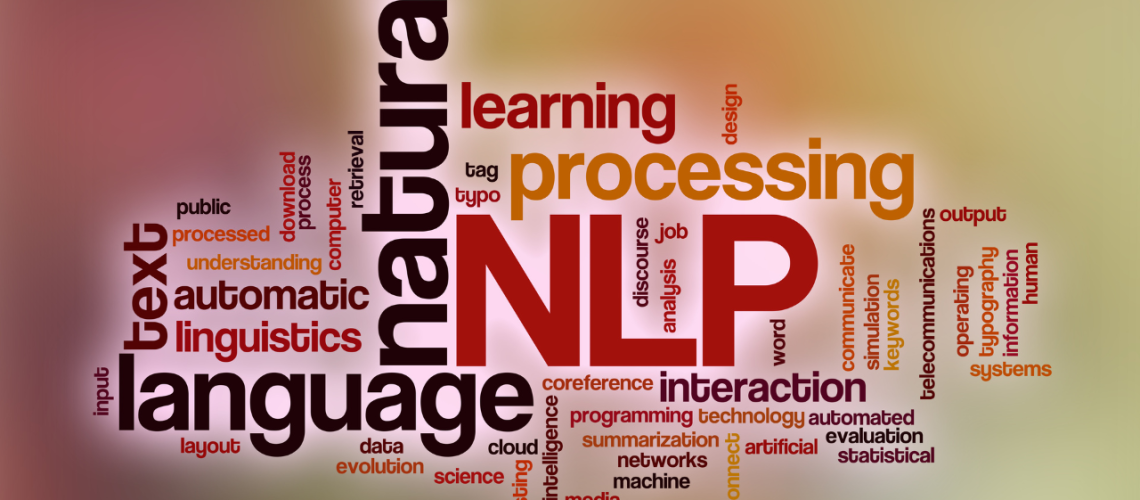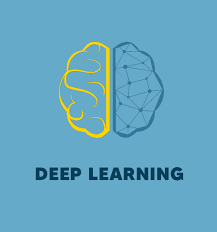Description
Introduction of Natural Language Generation
This course focuses on Natural Language Generation (NLG), a subfield of AI that involves generating human-like text from data. Participants will explore the core techniques and algorithms used in NLG, such as language models, transformers, and sequence-to-sequence learning. The course covers practical applications of NLG, including automated content creation, chatbots, and personalized text generation. Designed for AI practitioners, data scientists, and developers, this course provides hands-on experience in building and deploying NLG models that can produce coherent, contextually relevant text in various applications.
Prerequisites:
- Understanding of Machine Learning Concepts: Participants should have a basic understanding of machine learning algorithms and techniques.
- Experience with Python Programming: Proficiency in Python is required, particularly with libraries like NumPy and pandas.
- Familiarity with Natural Language Processing (NLP): Basic knowledge of NLP concepts, such as tokenization and text preprocessing, is recommended.
- Introduction to Deep Learning: While not mandatory, a foundational understanding of neural networks and deep learning is beneficial.
Table of Contents:







Reviews
There are no reviews yet.